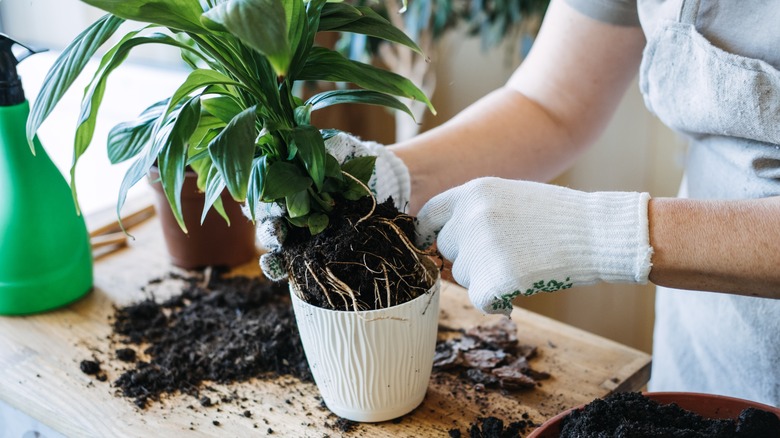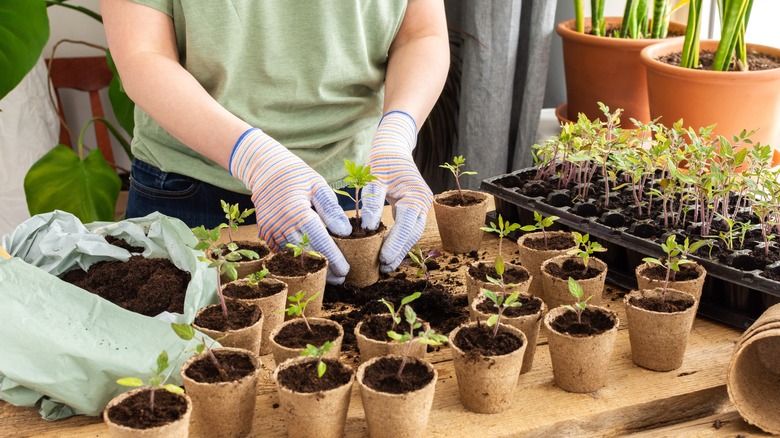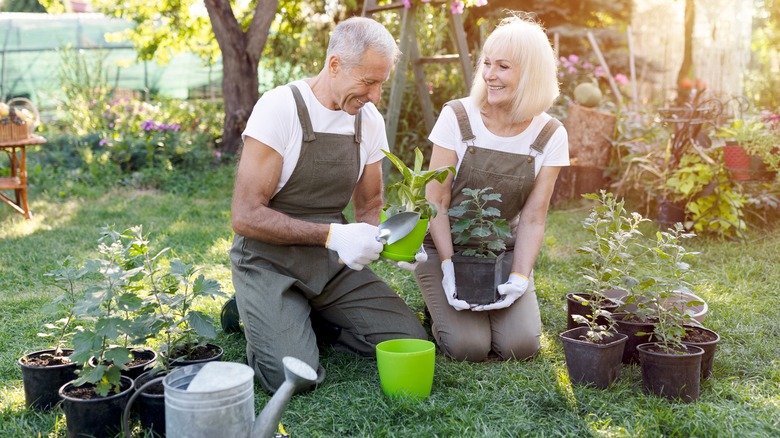When Should You Start Your Spring Gardening Transplants Indoors?
While there might be lingering cold winter temperatures outside, starting your spring plants early is often appealing. When it comes to planting, there are two routes you can follow: starting plants from seeds or transplanting already established seedlings directly into the soil. For spring gardening, it is common for gardeners to begin their growing season early, which often requires starting the plants indoors. Because buying already established plants is often expensive compared to using seeds, the perfect compromise for gardeners is to start their seeds indoors before it gets warm enough to transplant out in the garden.
On the contrary, it's worth mentioning that figuring out exactly when to start your spring transplants indoors is often easier said than done, especially if you are a beginner. This is because there is no one specific arrangement that works for all plants. In that regard, here are some things you should know when starting your spring transplants indoors.
The best time to start seeds indoors
One reason figuring out exactly when you should start seeds indoors is challenging is that seeds grow at different rates. While some might grow faster, others require more time before becoming ready for outdoor transplanting. Another thing you need to keep in mind is that every zone has different planting dates that will determine how early you can start your spring transplants. Because there are many variables, especially regarding the specific seed requirements, reading the company's guidelines is one way of estimating how early you should start the seeds indoors.
However, if you are a seasoned gardener, you know that the package instructions are not always the most detailed. As such, the University of Florida Gardening Solutions recommends starting the seeds four to eight weeks before the last frost or the suggested transplanting dates on the package. Remember, getting the starting dates right is essential; start too early, and you risk producing weak seedlings. On the other hand, if you start them too late, the seeds will need more time to get ready for transplanting.
Moving the transplants outdoors
Just because seedlings are mature doesn't mean they are ready to be transplanted outdoors. Remember that they have been growing under a controlled environment and might not be ready to withstand unpredictable outdoor weather. The University of Minnesota Extension recommends hardening off seedlings to increase their ability to thrive outdoors. The best time for this process is two weeks before transplanting. All you need to do is gradually introduce your plant to the great outdoors for a few hours at a time and increase the duration every day. After a couple of weeks, your plant should be able to withstand a bit of cold weather, increasing its likelihood of survival.
After toughening up your seedlings for life on the outside, it's time to begin the transplanting process. The best time of day to accomplish this is during the afternoon when the sun isn't as hot. It's also worth noting that your plants may appear to wilt immediately after transplanting, but they will likely adapt and continue growing in a day or two.


